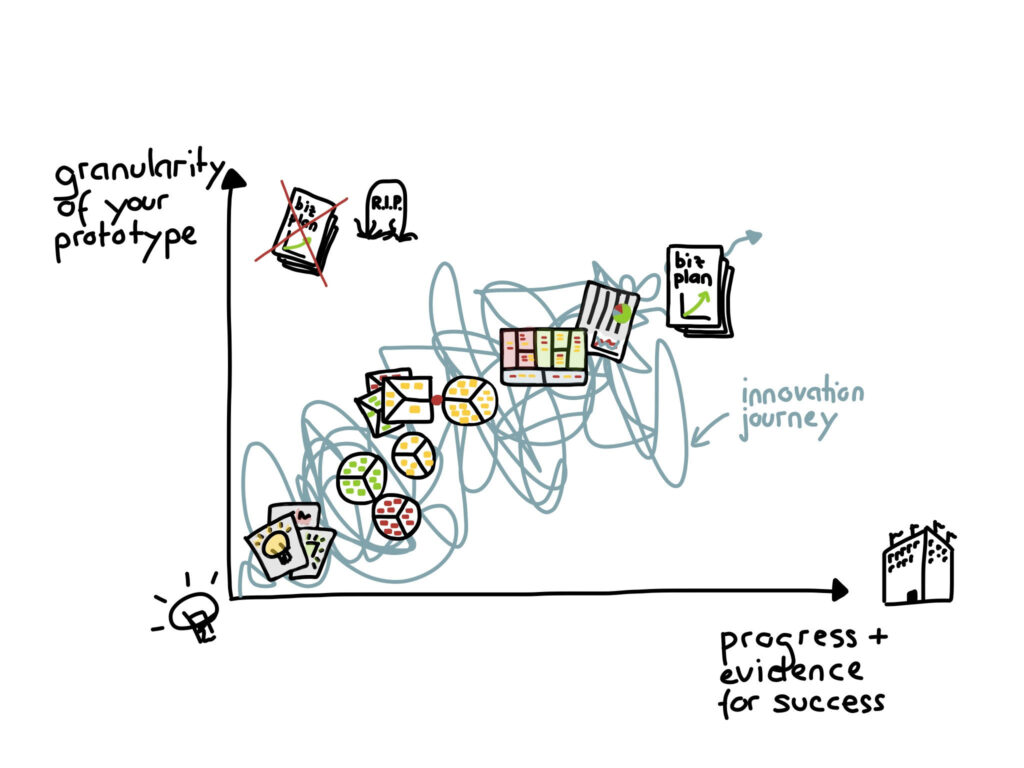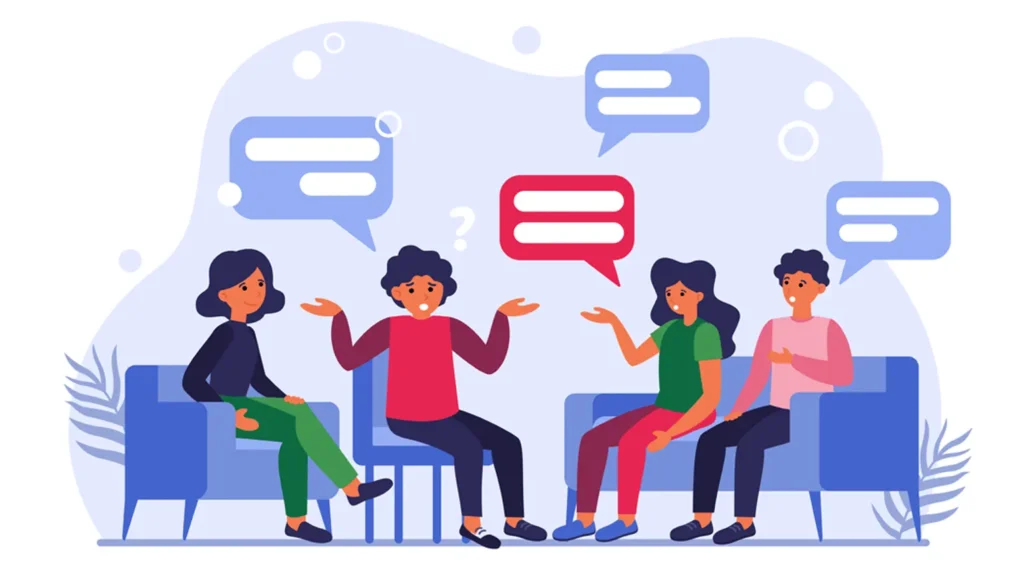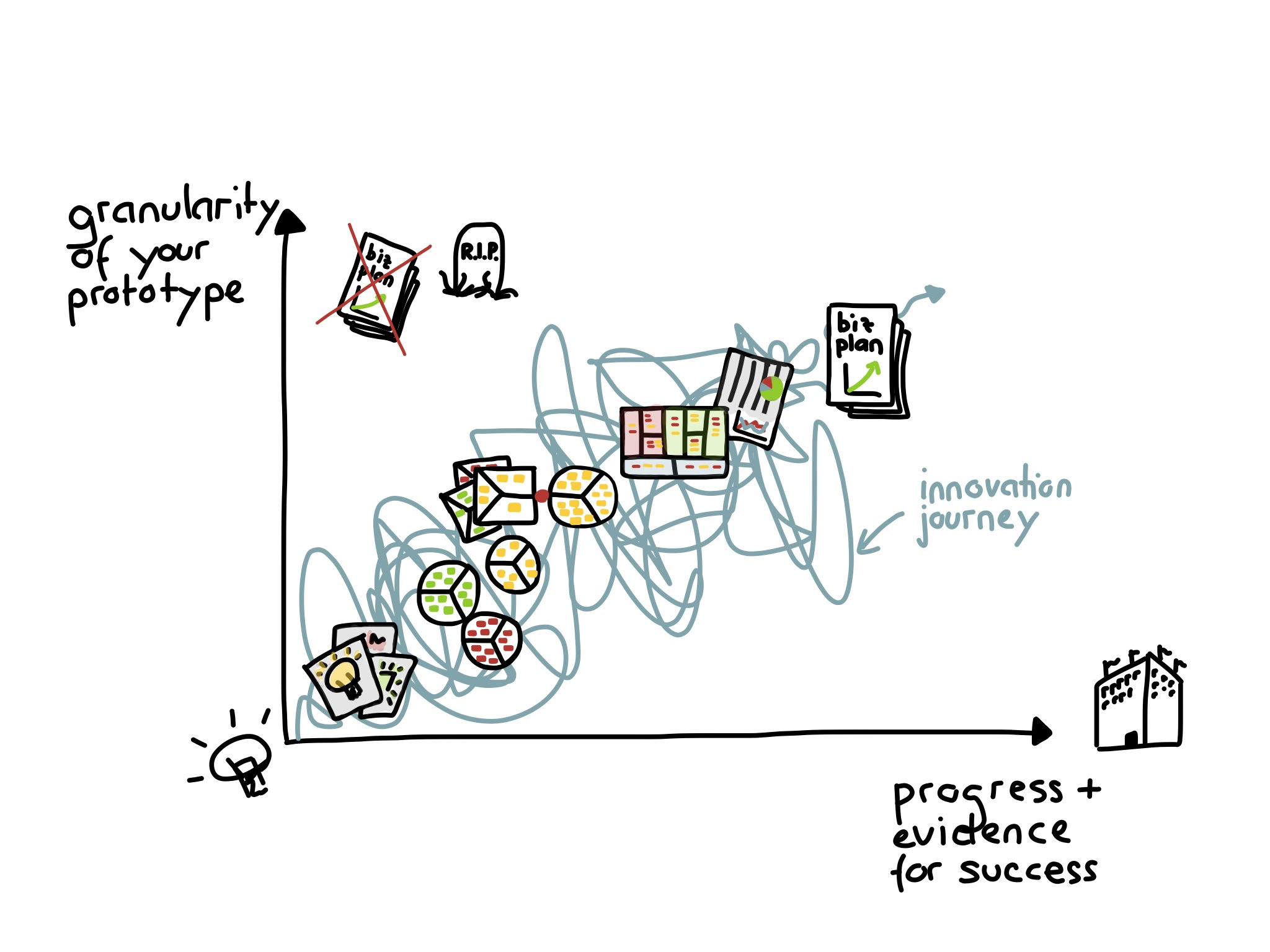In today’s fast-paced world, teams face numerous uncertainties and unknowns that can significantly impact their success. To effectively navigate these challenges, teams need to adopt an agile and data-driven approach to decision-making. Rapid experimentation enables anyone to quickly test and validate assumptions, gather valuable insights, and make informed decisions based on real-world evidence.

While working on the employee experience team at Intuit, we ran just such a rapid experiment with employees to understand if they would engage with a new feature in one of the internal tools.
We conducted a ‘fast cycle sketch test’ where we quickly sketched some screens on paper and showed them to our customers (employees) via Zoom. In a series of quick 15-minute sessions, we learned we had chosen the wrong location for the feature and that they wanted something more direct than we were offering.
Getting feedback this quickly let the team pivot and try a slightly different approach in a new location rather than spending time developing and building out the initial idea.
The benefits of rapid experimentation
Rapid experimentation provides several key benefits that help teams thrive in uncertain environments:
- Reduced Risk: By testing ideas and concepts with customers early on, companies can identify potential pitfalls and challenges before making significant investments. This reduces the risk of failure and allows businesses to allocate resources more effectively.
- Increased Innovation: Experimentation fosters a culture of innovation by encouraging teams to think outside the box and come up with creative solutions. It allows companies to explore new opportunities and identify unmet customer needs.
- Faster Decision-Making: Rapid experimentation enables businesses to gather data and insights rapidly, leading to faster decision-making processes. This agility gives organizations a competitive edge in fast-changing markets.
- Improved Customer Experience: Involving customers in the experimentation process helps teams better understand their needs and preferences. This leads to improved customer experiences, increased satisfaction, and higher loyalty.

Rapid experimentation steps
To successfully implement rapid experimentation with customers, teams need to:
- Define the Problem: Clearly articulate the customer problem you aim to address through experimentation.
- Go broad with many solution ideas to address the problem: Come up with many ideas that could address the customer problem.
- Narrow to the top solution idea: Identify the top idea, which may be done through applying criteria (eg, most impactful to the customer, fastest to develop)
- Identify leap of faith assumptions for the solution idea: Think about what keeps you up at night about the idea. What are the unknowns? What needs to be true for this idea to be successful?
- Narrow to the riskiest assumption to test: Eliminate assumptions that have already been proven to be true in market. Review the assumptions to identify which one should be studied first.
- Formulate your hypothesis: Develop a specific hypothesis that you want to test and validate through your experiment.
- Design the Experiment: Determine the experiment’s design, including the target audience, sample size, and metrics for success.
- Conduct the Experiment: Execute the experiment in a controlled and systematic manner, ensuring that variables are isolated and results are accurately measured.
- Analyze the Results: Collect and analyze the data from the experiment to draw meaningful insights and conclusions.
- Make Decisions: Based on the results of the experiment, make informed decisions that align with customer needs and preferences. This may include pivoting or persevering with the idea, and moving to the next leap of faith assumption on the list, and planning an experiment to test that.

Where teams get stuck and strategies to keep moving forward
Teams don’t always run experiments when they could be beneficial. There are a few situations that commonly come up:
Debating too long
If the team isn’t sure what direction to go with an idea and spends more than an hour or two debating what to do, this is a call to experiment. Identify the leap of faith assumption and put together a rapid experiment to test it. This could be done with paper mock ups of the idea, shown to your customers at a coffee shop or through an online tool in a quick 10-minute test. By gathering actual data on what customers do, the debating comes to an end and the team gains clarity on what to do next.
Heading straight into a ‘beta’ test of the new solution idea
Jumping ahead into a beta test means you are skipping review of possible leap of faith assumptions and investing in building out an entire experience without any data. Instead, spend a little time generating the leap of faith assumptions and running an experiment to see if you are on the right track before committing to a full build out. This will give you learnings, actual data, before making an investment of resources. Learn fast, fail fast.
Jumping to a development heavy experiment when a lightweight one will do
There are many types of experiments, from scrappy paper prototypes to a ‘fake-o-backend.’ Pick the most minimal experiment to get the learnings you need. This allows you to move faster and get your data and learnings faster.

Conclusion
Rapid experimentation with customers is a powerful tool that enables teams to address unknowns and make informed decisions in an uncertain environment. By actively involving customers in the experimentation process, teams gain valuable insights, reduce risk, and drive innovation. This approach empowers organizations to stay ahead of the curve, deliver superior customer experiences, and achieve long-term success.
